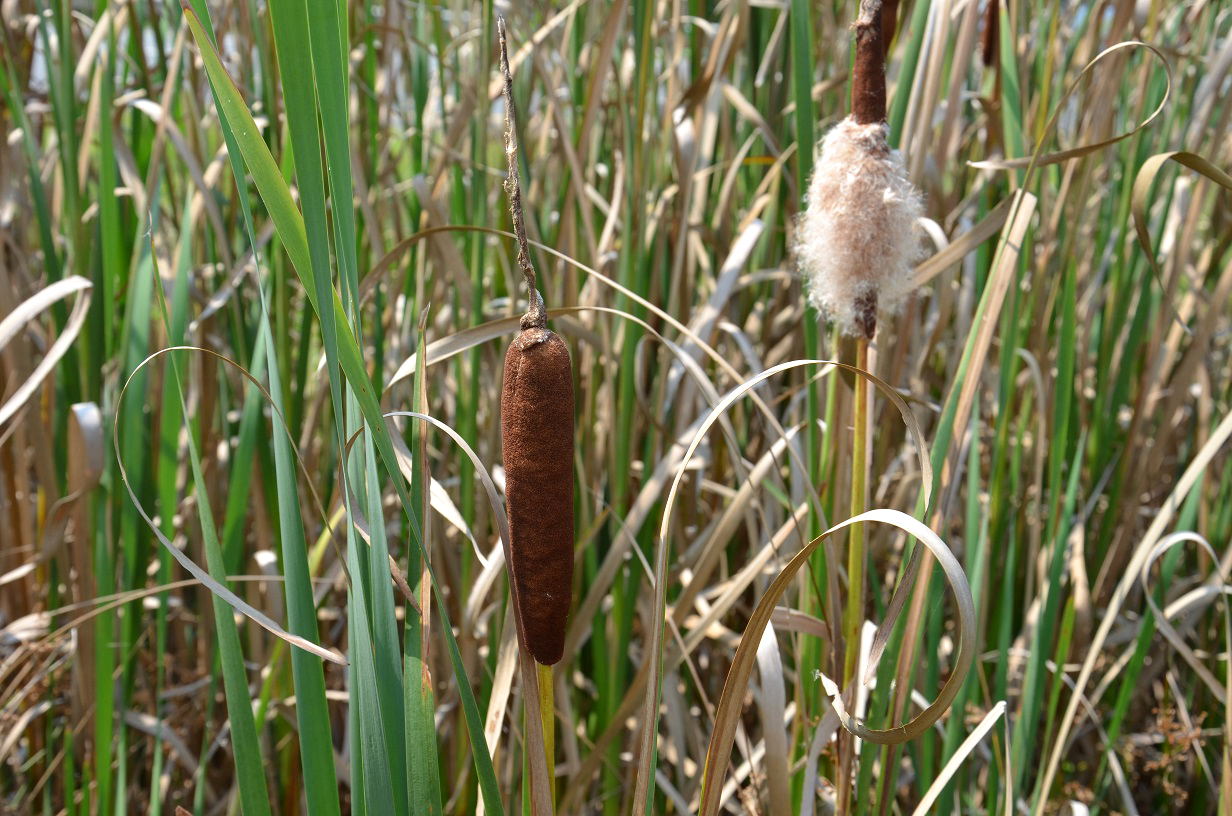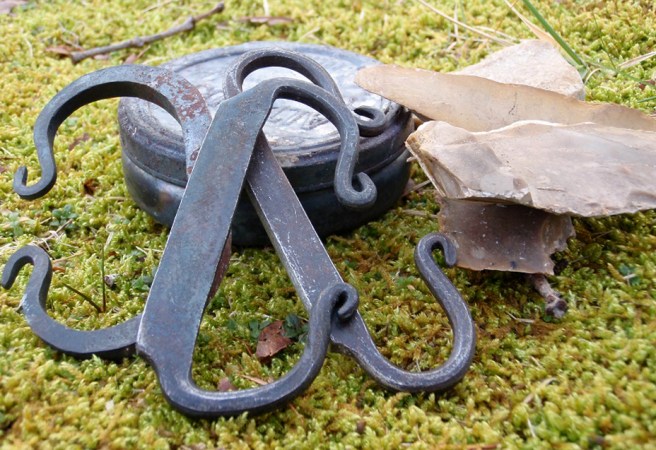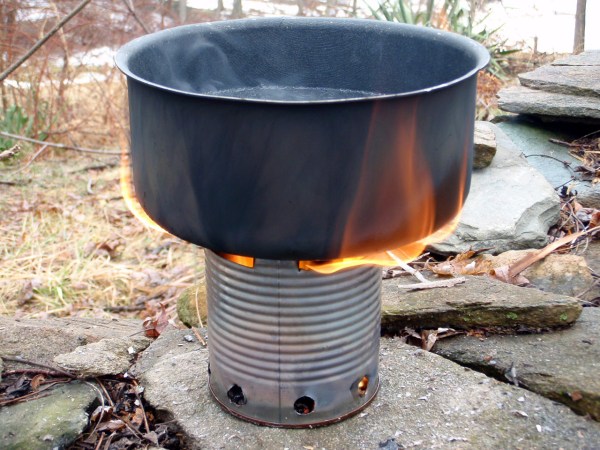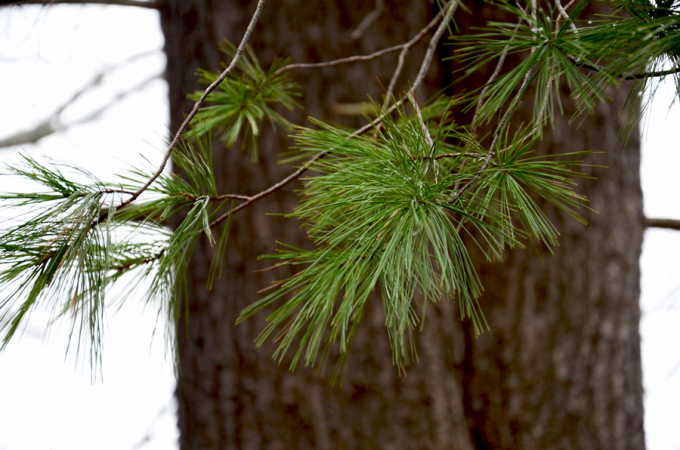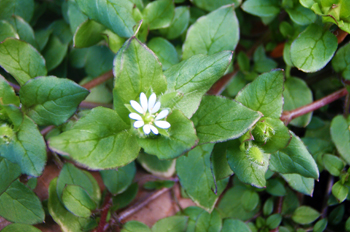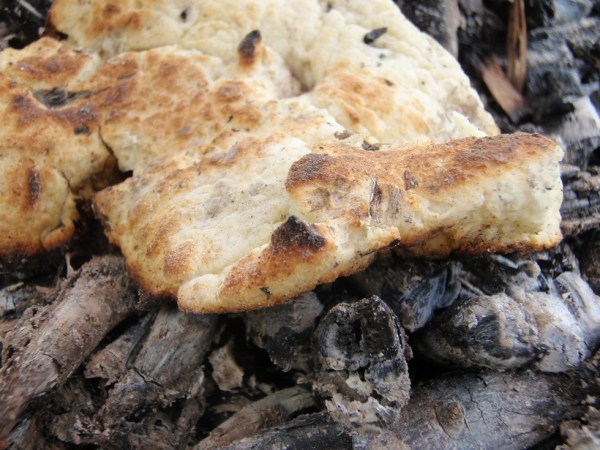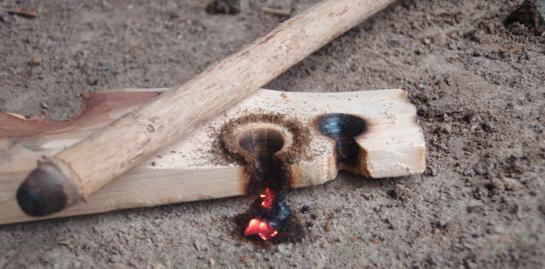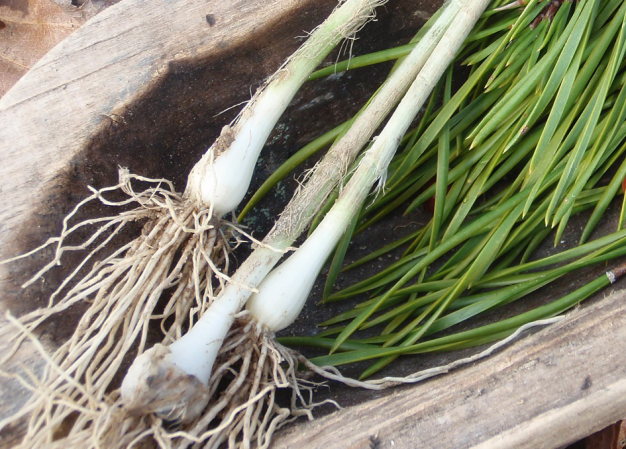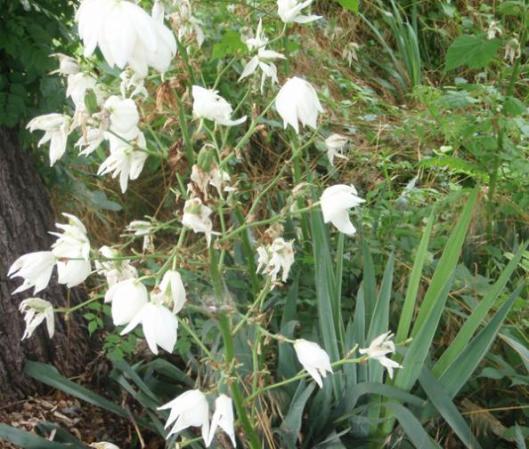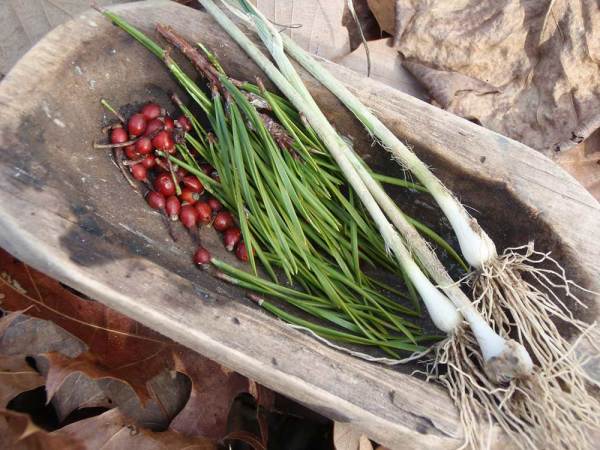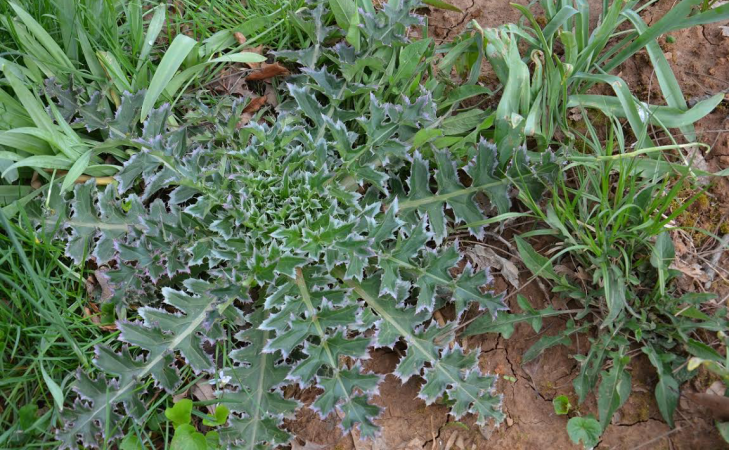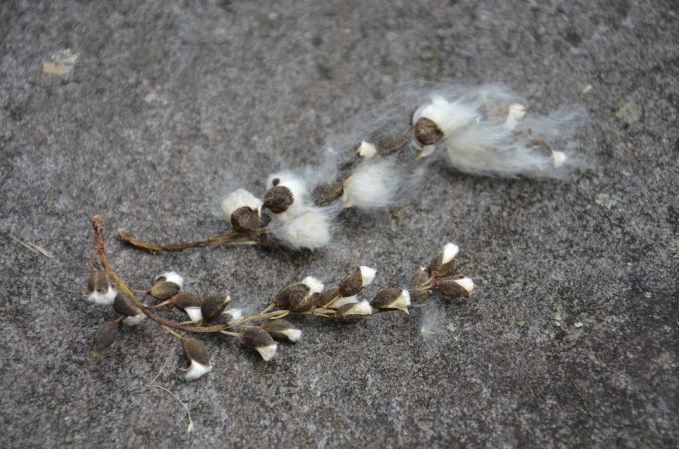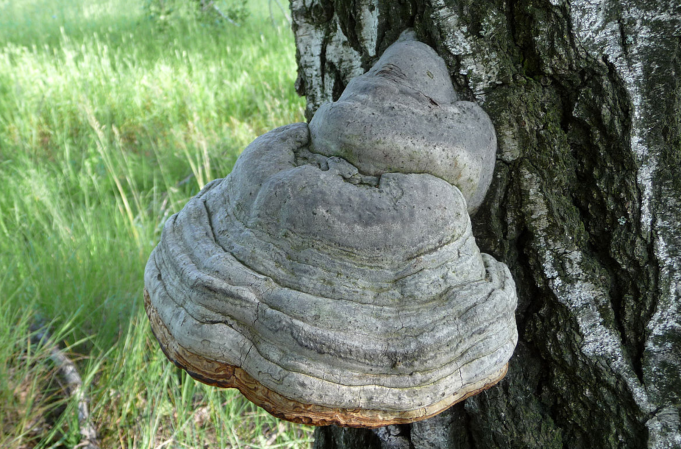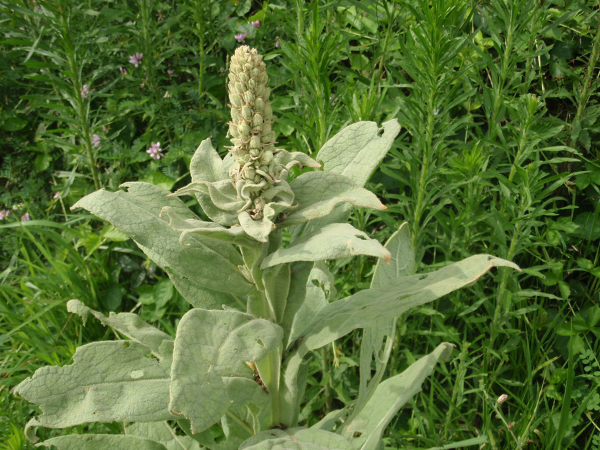I know you’ve seen this plant. There’s no way you’re an outdoors-person and haven’t seen something growing in a wet area that resembles a burnt corn dog impaled on a stalk. This common plant is, obviously, the cattail (Typha latifolia), and it’s been called the “supermarket of the swamps” and the “Walmart of the waterways.” Although maybe I’m the only one who says it—I made up that last one. This plant is a friend to us throughout each season, freely offering up food, tinder, cordage material, and even medicine. What follows are just three of the uses for this survivalist companion.
1. Starch
The rootstocks (lateral roots in the mud) of the swamp-loving cattail start to swell in late summer and can provide us with a great starch source. Dig them up, wash, and peel them. Once cleaned, crush them in water to separate out the starch. Mash the roots until they are just brown skins and fibers. Then filter this starchy greyish water through a sieve to remove all fibers and root skins. This liquid can be used immediately as a soup base, or allowed to settle for further processing. If you let it settle, the water can be poured off the top and the doughy starch retained. This starch can be thickened and turned into dough by drying, or by heating it a little, or by adding dry flour. This dough can be treated like dumplings or even as bread dough (if leavened). The starch can also be dried and ground into 100% cattail flour. FYI: it’s gluten-free.
2. Tinder
For starting fires with sparks or embers, few things rival the flammability of cattail seed down. Collect this fluffy stuff as soon as it starts to peel from the seed head and expand into a fuzzy mass. This tinder can be stored dry in plastic bags or other containers until need. Just add a pinch to any tinder bundle or burnable “bird’s nest” to make your ferrocerium rod a one-hit-wonder. This also makes excellent “char” for my fellow flint and steel enthusiasts, buckskinners, long hunters and mountain men and women out there. Simply pack your char cloth can with cattail down rather than cotton or linen. Burn the can as you normally would, about 5 minutes. The result is a fine char that will take sparks easily from your steel striker or burning lens (magnifying glass).
3. Hand Drill
Certainly one of the hardest methods of fire starting, hand drill friction fire is not without its benefits. First off, hand drills require less equipment to produce fire than other methods, such as the bow drill or pump drill. You only need four things (plus considerable skill and practice) to get a flame—the drill stick, a fire board to set on the ground, a tool to carve the pieces and some tinder. Secondly, the components are commonly found. Collect your cattail stalks right after they turn from green to tan, and keep them in a dry place until you are ready to spin up a fire. These stalks are more brittle than other favorites like mullein or yucca, but they work well and are widely available.
What have you done with cattail in the late summer or fall? Tell us what you’ve created by leaving a comment.
